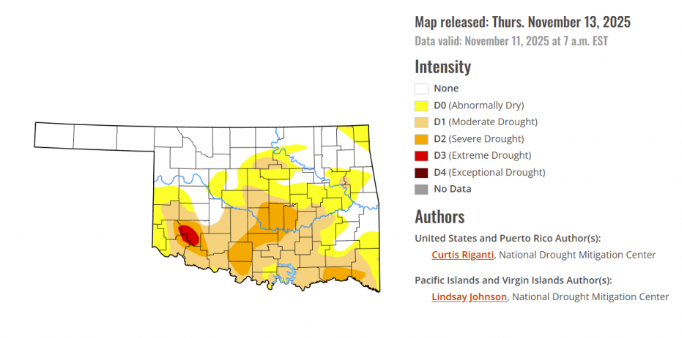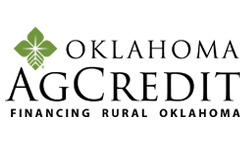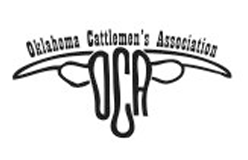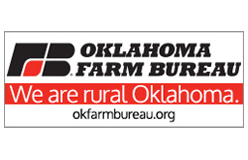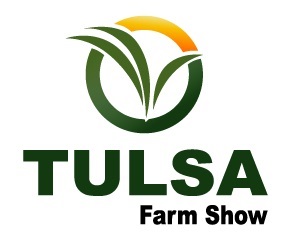
At an emergency drought committee meeting, Oklahoma Conservation Commission Executive Director Trey Lam shared an overview of the state’s worsening drought conditions with Associate Farm Reporter Carli Davenport. He said the panel heard from state climatologist Gary McManus, noting that “drought has been growing across the state, and actually maybe a little more severe even than the Drought Monitor would indicate.” Lam added that McManus has been pushing for updated classifications because “the drought is back on in Oklahoma after a fairly wet summer.” However, Lam said there is optimism, as “the chances of rain are much higher this week.”
Lam explained the structure and purpose of the state’s Emergency Drought Assistance Program, created by lawmakers to help producers manage water shortages. He said the legislature provided funding and that the drought committee—made up of key agency heads and two legislative appointees—chose to direct that support through conservation districts. According to Lam, the funding has enabled “practices that will help alleviate drought concerns,” including cleanouts of ponds and the drilling of new wells.
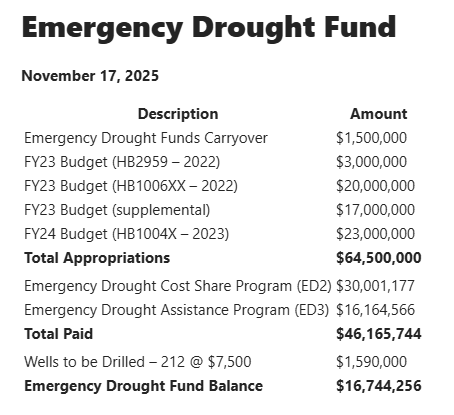
The program has been active for more than a year, and Lam said the committee met to review its progress. He noted the significant work already accomplished, including numerous completed projects across the state. The commission is still working through remaining commitments, including “about 212 water wells that haven’t been drilled,” which they are working to complete as the previous drought cycle is closed out.
When asked about producer eligibility, Lam explained that applications are currently closed. “Right now the program has closed, the application period’s closed,” he said, adding that the agency is wrapping up work tied to the severe drought that extended into last winter. Still, Lam expects another opportunity for producers if dry conditions continue, saying, “If this drought continues on, I would expect in the next 60 to 90 days for us to have another round of applications available.”
Lam emphasized how meaningful the assistance has been to farmers and ranchers across Oklahoma. He said producers appreciate the program because when ponds or wells run dry, “you either have to get a tank on a trailer and haul water every day… or you have to go out and drill a new well.” The program helps prevent forced herd liquidation, which can be devastating even in strong markets. As Lam put it, selling cattle due to lack of water can be financially crippling because “it’s going to be really expensive to restock,” and losing a herd “would be a huge hit if your whole business… comes from selling cattle.”
